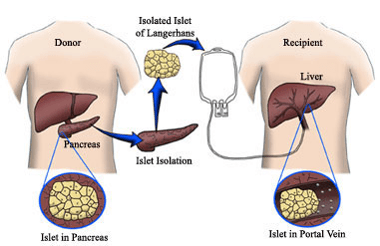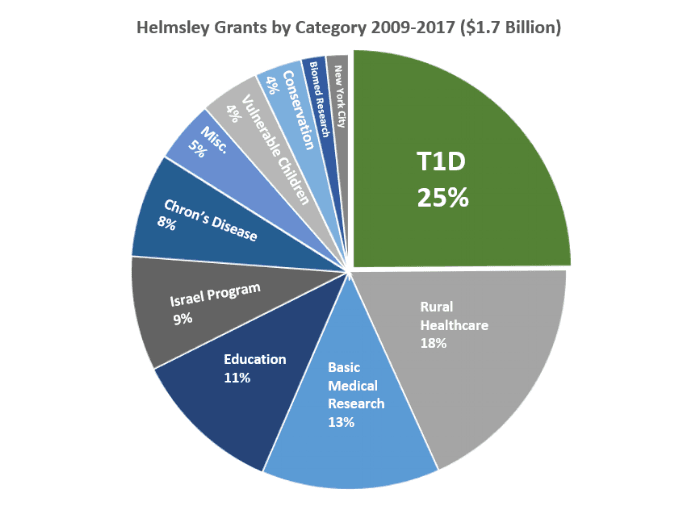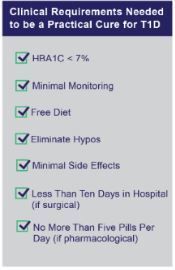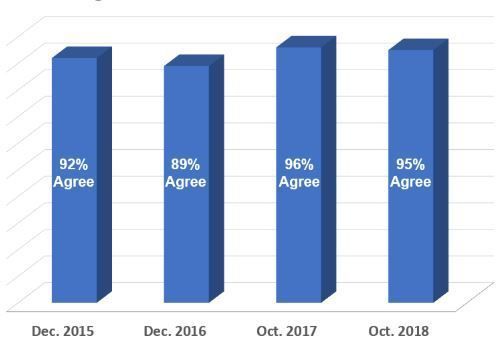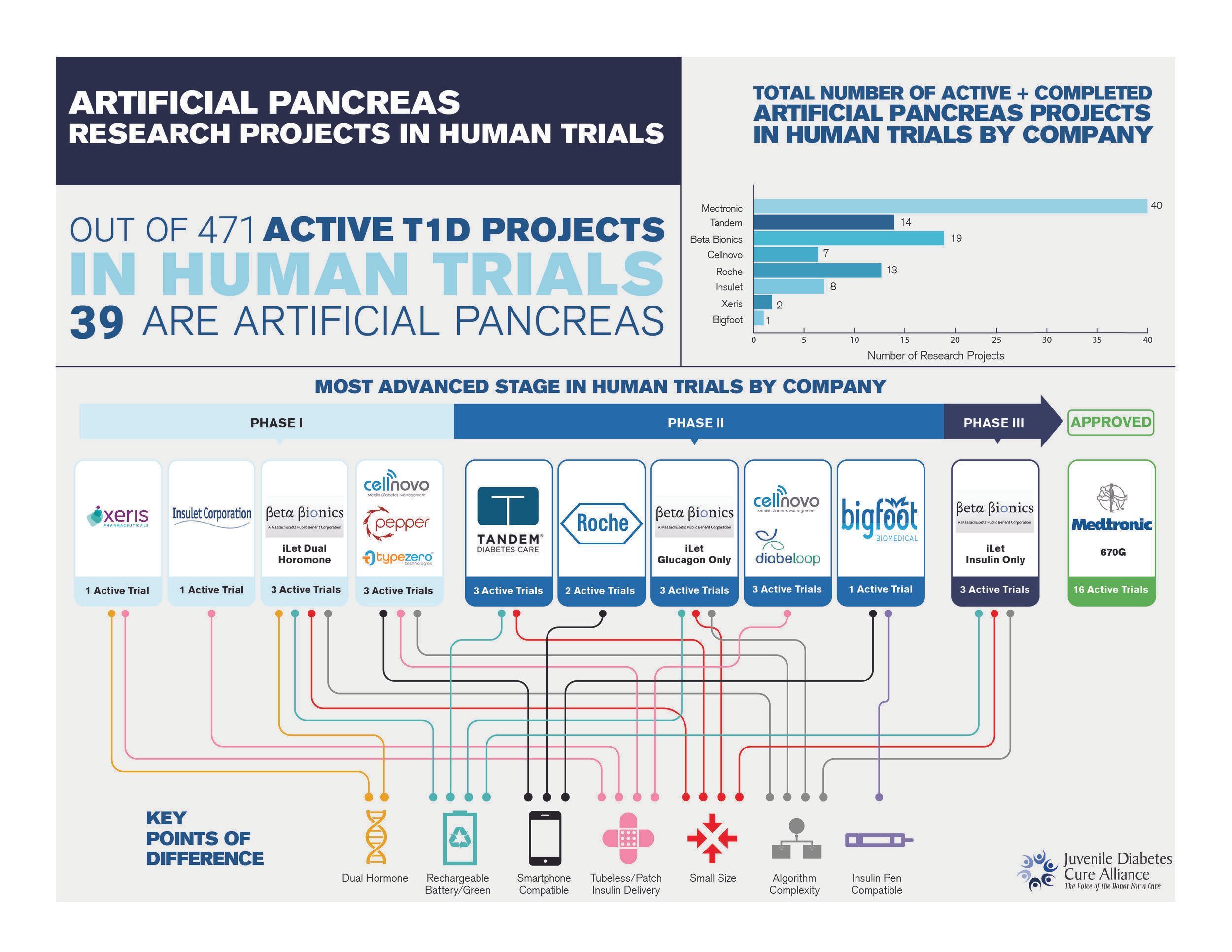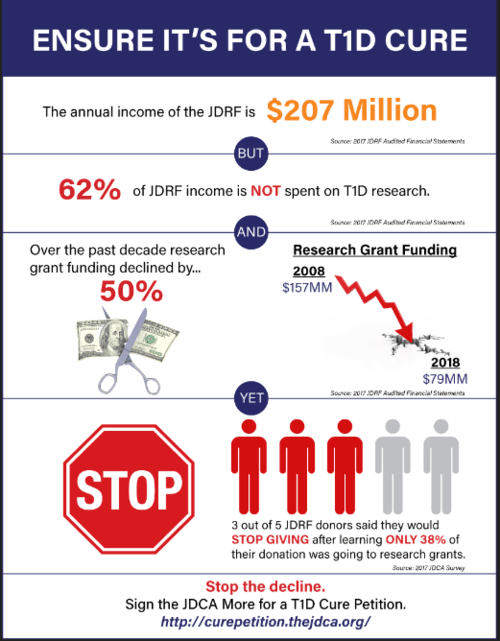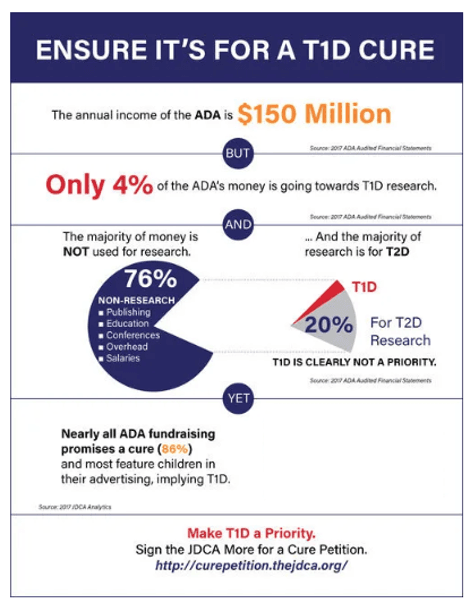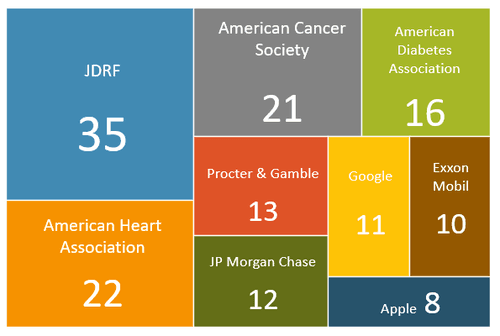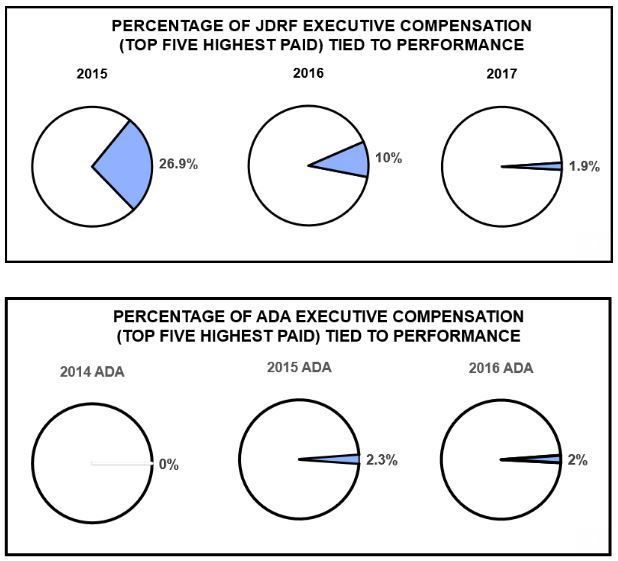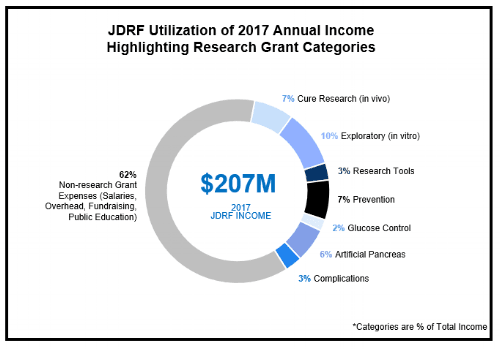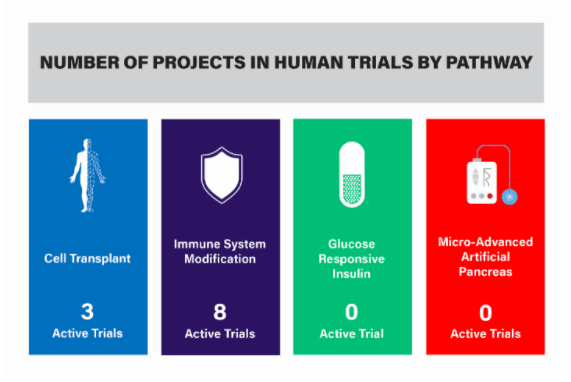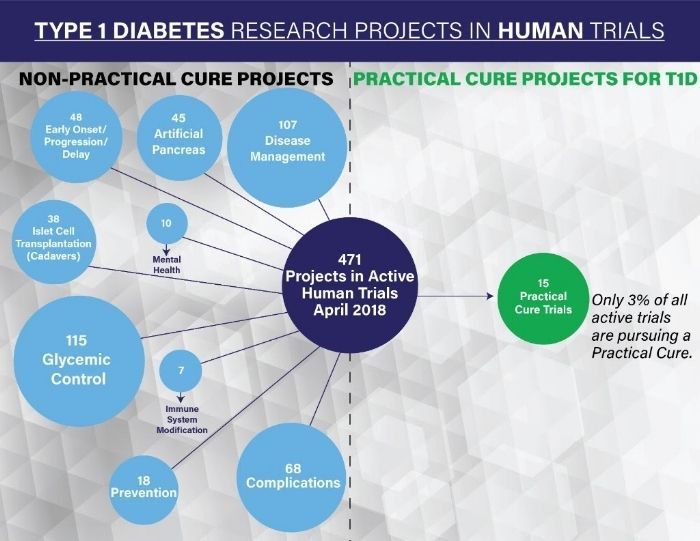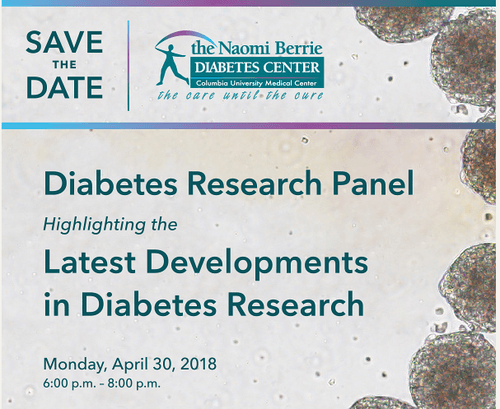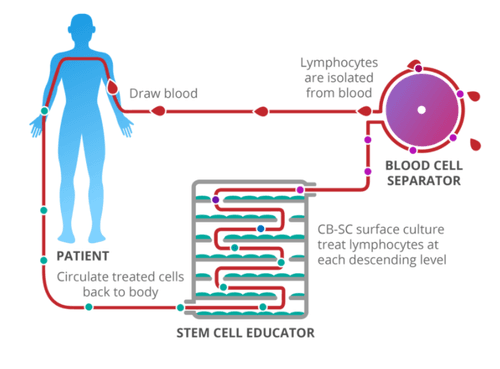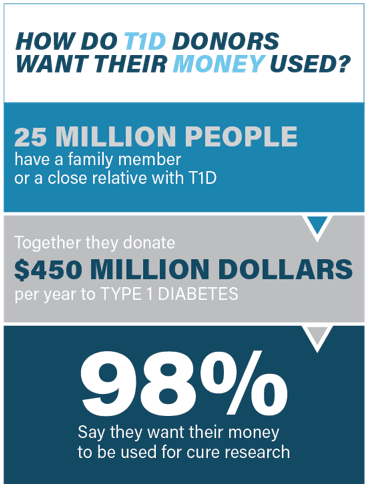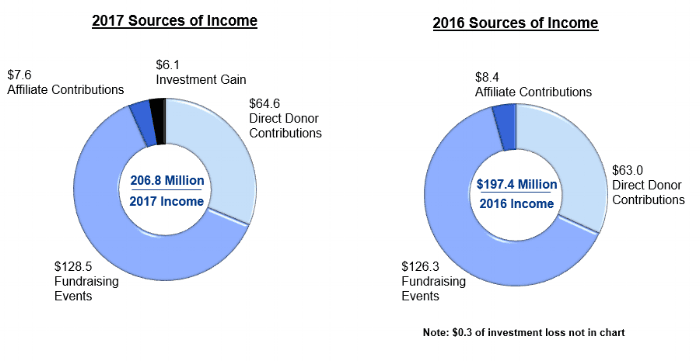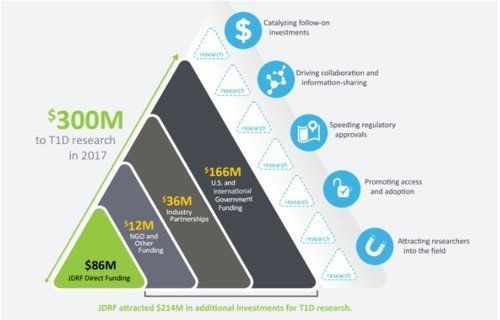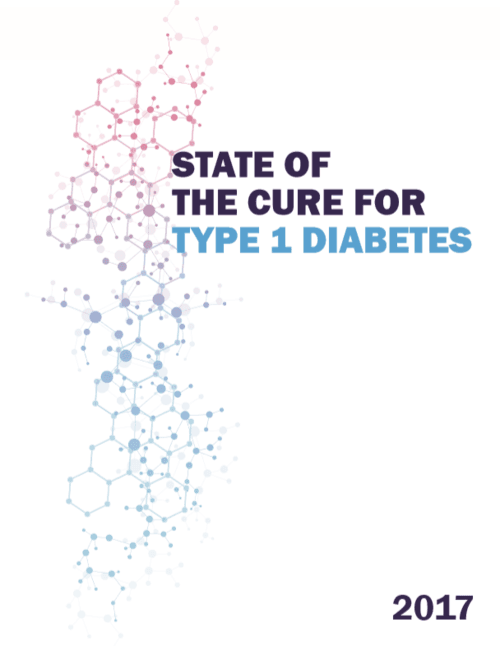This report provides an overview of all smart insulin projects, also known as glucose-responsive insulin.
Twenty years have passed since the Edmonton Protocol for islet cell transplantation (ICT) was published in the New England Journal of Medicine. This report will review the research and learning over the twenty year period and highlight the main achievements and ongoing challenges for ICT.
In this article, we share a disciplined strategy that helps to increase the impact of any charitable gift.
This report provides an overview of the Leona M. and Harry B. Helmsley Charitable Trust and their extraordinary commitment to T1D.
This report outlines the paradigm shift necessary for the T1D research and fundraising community to achieve a Practical Cure for type 1 diabetes within the next 15 years.
Based on a recent JDCA survey of the T1D community, the primary reason—by far—that people participate in diabetes fundraising walks is to fund cure research.
The JDCA evaluated each of the companies involved in AP human trials, points of differentiation amongst competitors, and both active and completed human trials.
This is the seventh annual review of advertising messages used by the ADA and JDRF at national fundraising events. During 2018, the ADA and JDRF advertised for a total of 282 national events including walks, rides, and galas.
This infographic explains how JDRF, the largest and most influential diabetes fundraising organizations in the U.S., uses its funds.
This infographic provides a snapshot of how the ADA, one of the largest and most influential diabetes fundraising organizations in the U.S., uses its funds.
This report outlines JDCA's six recommendations for improving the performance of the Board of Directors at the ADA and JDRF.
This is the seventh annual review of executive compensation for the top diabetes non-profits. The review focuses on the ADA and JDRF, the largest diabetes fundraising organizations, but also includes data for Joslin and the Diabetes Research Institute Foundation (DRIF), two other notable diabetes funding organizations we periodically cover.
This is the sixth annual review of JDRF research grant allocations. The main purpose of reviewing and sharing this data is to assess how JDRF is addressing the number one priority of donors: finding a cure for T1D.
This report provides a review of the ADA's 2 statements. This is the sixth year that we have reviewed these financial documents.
This report provides an overview of the JDRF T1D venture philanthropy fund now that it has been operating for a full year.
The American Diabetes Association's 78th Scientific Sessions, the largest annual American diabetes research conference of the year, was held June 22-26 in Orlando, Florida. The JDCA attended the conference with the purpose of identifying advancements and news related to T1D Practical Cure research.
This report provides a quick update on the ADA's new CEO, Tracey D. Brown, and JDRF's new Chairman of the International Board of Directors, Ellen Leake.
This report provides an overview of the top 20 type 1 diabetes (T1D) research centers ranked by T1D research budget size during 2016. Our analysis includes the three largest budget sources: The National Institute of Health (NIH); Juvenile Diabetes Research Foundation (JDRF); and major donations or gifts from independent sources.
This report reviews the 11 active Practical Cure research projects underway in United States FDA approved human clinical trials. Beyond the 11 active projects, there is also an appendix at the end of the report which outlines high-profile emerging Practical Cure projects.
This report defines the four Practical Cure research pathways.
This is the sixth annual review of all active type 1 diabetes trials currently testing in humans. Each trial is classified into ten distinct categories.
Yesterday, the Naomi Berrie Diabetes Center at Columbia University hosted a research panel discussion in New York City. Highlights of that meeting are presented in this report.
This report provides an update on Stem Cells Arabia (SCA), a private company in Amman, Jordan that is conducting human trials research toward a T1D cure using the “Jordanian Method for Treatment of Diabetes.”
Yesterday, a widely published press release announced a new partnership between Eli Lilly and Sigilon Therapeutics, a private biopharmaceutical company working on a unique cell encapsulation approach.
This report provides an update on the Stem Cell Educator project and features an interview with the principal investigator Dr. Yong Zhao.
This is the sixth annual survey-based report on the giving priorities of T1D donors. The key takeaway is the same as all prior years: the number one reason people make donations to diabetes charities and/or participate in fundraising activities such as walks and galas is to find a cure.
This is a third in a series of reports on JDRF financials. The main takeaway is that JDRF administration cost for each dollar of actual research grants have increased 115 percent since 2008 while research grant spending is down 50 percent.
This report analyzes the key sources of income for JDRF and the primary ways this money was used during 2017.
This report addresses an infographic in which JDRF claims it is responsible for $300 million dollars of research spending in 2017, rather than the $79 million reported in their audited financial statements.
This report provides an overview of JDRF's 2017 financial statements, released this week. Based on publicly available tax and financial documents, it show how JDRF generates its revenue and how it utilizes those funds.
This report will provide an overview of Sernova’s Pouch System in addition to an interview with the President and CEO, Philip Toleikis, Ph.D.
This is the sixth annual edition of this report. It summarizes progress made during 2017 toward a Practical Cure for type 1 diabetes.


